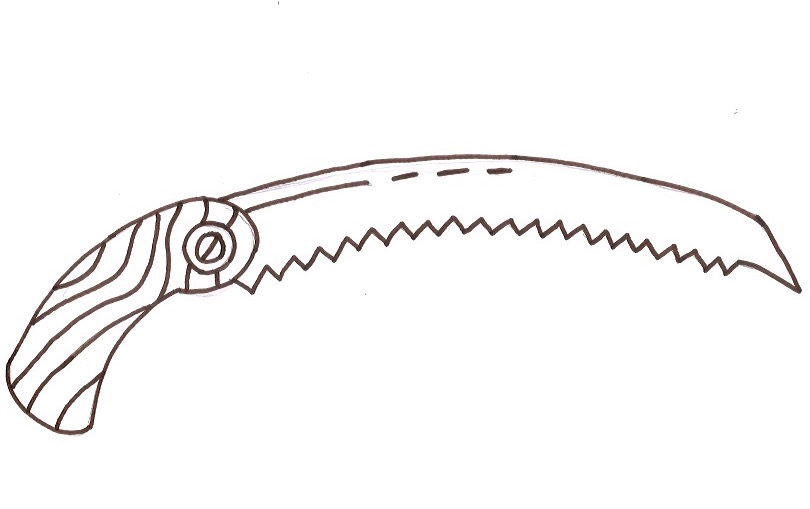I’ve been enjoying the ISA’s Tree Risk Assessment BMP booklet. It’s a great way review tree risk in many different lights.
As a climber, I find myself very interested in the potential risks that a tree poses to me. Once we enter the tree on rope, we become the primary target to any structural failures, and with targets there is risk. Which is why it is so critical to not overlook a basic visual assessment before heading aloft.
It’s important to make time to evaluate the risk of a tree we are going to work in. Many times we take for granted that a tree looks healthy, so it’s automatically safe to climb. And also, in the same sense, we assume that unhealthy trees are more dangerous, and present more risk to us as climbers. But risk assessment is not a state, it is a process and it is an ongoing process as we work further and further into the crown of the tree.
Some basic tools that are referred to in the BMP, particularly in the section outlining a Level 2 Assessment which I think can benefit climbers very much.
Binoculars: They are compact, easy to carry in a climbing bag and offer a magnified view of potential anchor points that a tree worker may choose. The slightest crack, or smallest mushroom can be detected with the closer look that binoculars provide. We look up into the crown anyway before climbing, why not use binoculars for a more thorough observation?
Mallet: Stem and branch decay has a real effect on how much load tree parts can carry. With a mallet, a climber can effectively sound the trunk or major scaffold limbs for decay presence. It’s not a high level, advanced evaluation of the extent of decay, but it is a quick and easy way to check for a hollow sounding noise in the lower trunk. Also, a mallet is another small item that easily accompanies a climbing kit bag.
Probe: Root stability is something I typically overlook, which is very, very dangerous. Root decay can pose a real threat to tree anchorage capacity, and there doesn’t need to be any heaving or cracking soil for roots to decaying underground. As we walk around trees to inspect them, probing in a few distinct locations can be a good piece of mind to know that there is a stable root system in place. Especially inspecting areas where major buttress roots flare down into the ground and out into the critical root zone. A probe doesn’t have to be heavy or high tech either. Tree people are pretty innovative, and so make shift probes should be in every climber’s kit.
Consider this: when climbing and rigging in trees, we can generate high forces in areas that may not be able to biomechanically handle those forces. We need to deeply understand the vectors of force, and the structure of branches and wood, and how those entities will affect one another. We should closely examine for defects before introducing any type of mechanical force on the tree. We should know better. Literally.
I think it’s easy to overlook certain risks that tree’s may present just on appearance alone. But we all know the ole’ adage, you can’t judge a book by it’s cover. If trees are a book, we need to open the page and indulge ourselves. And curiosity can not only be fun, but also a worth while investment for a client, a piece of mind for a climber, and a source of income for the contracting arborist. Tree inspections and assessing risk in a real way can go a long way.
“…And it’s a long way to the top if you wanna’ rock and roll.”




Leave a Reply
Your email is safe with us.